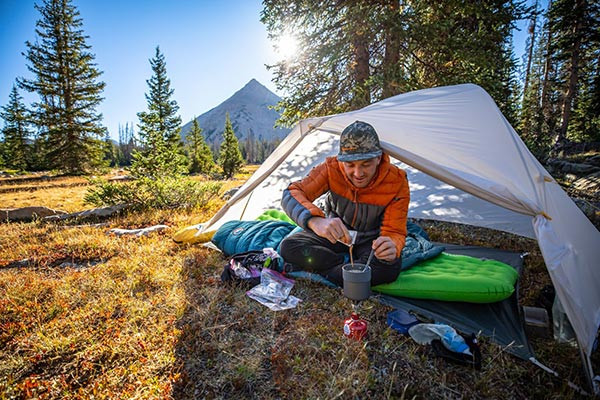Reduce Your Impact with a Big Agnes Solution Dye Tent
Posted by Garson Fields on 12th May 2021
If you’re shopping for a Big Agnes tent, you’ve almost certainly come across models with “solution dye” in their name, like the Big Agnes Tiger Wall UL 2 Solution Dye Tent or the Fly Creek HV UL 2 Solution Dye Tent. This eco-friendly technology is incorporated into a growing number of outdoor products, and while Big Agnes isn’t the only brand to leverage this technology, it’s becoming a key part of their long term sustainability initiative. So if you’ve been wondering what’s the story behind solution-dyed fabric, allow us to clear that up for you.
What is Solution Dye?
At a high level, solution dye works by weaving synthetic fabric out of dyed fibers, rather than dying a completed roll of fabric, as is the case with traditional manufacturing.
First, solution dyeing is more environmentally friendly as it reduces the amount of water, energy, and chemicals it takes to produce synthetic materials This is accomplished by dyeing the raw materials before they are woven into a fabric, meaning there is no need to dip the fabric into a vat of dye repeatedly to obtain the correct color.

According to Big Agnes, their Solution Dye tents require half the water and reduce chemical consumption as well as carbon emissions by 80%. This translates to as many as 5 gallons of water saved per tent, making it clear that solution dye technology has a huge impact, especially when you’re producing thousands of tents each year.
Aesthetically, solution dye produces superior colorfastness, or the ability to retain color over time. That’s because the individual fibers are dyed the color in question, rather than the dye being applied to a roll of fabric.
To get a better picture of what this means, think about a climbing rope. On the outside, it’s brightly colored, if you were to cut the rope, you’d see that core strands inside are all bright white. This is what happens in traditional dyeing methods, leaving you with a fabric that fades over time.
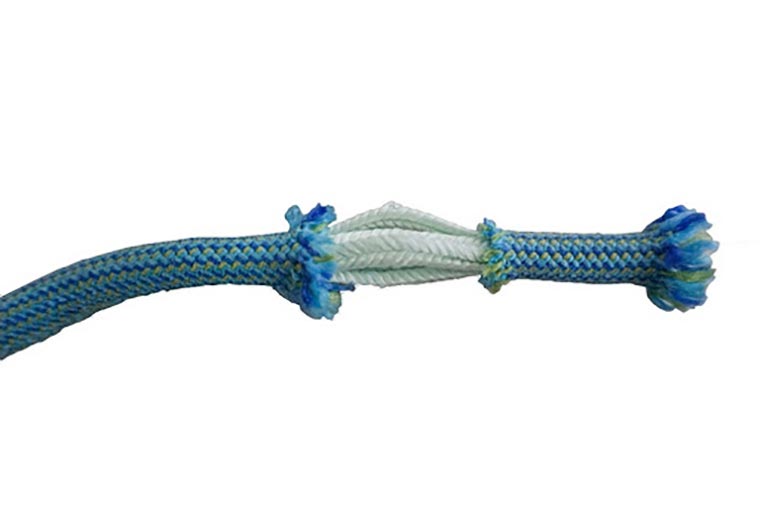
In contrast, solution dyed-fabrics are more like a hemp rope, with one consistent color throughout. If you cut a hemp rope, instead of seeing white core strands like you would with a climbing rope, you’d simply see more of the same color inside.
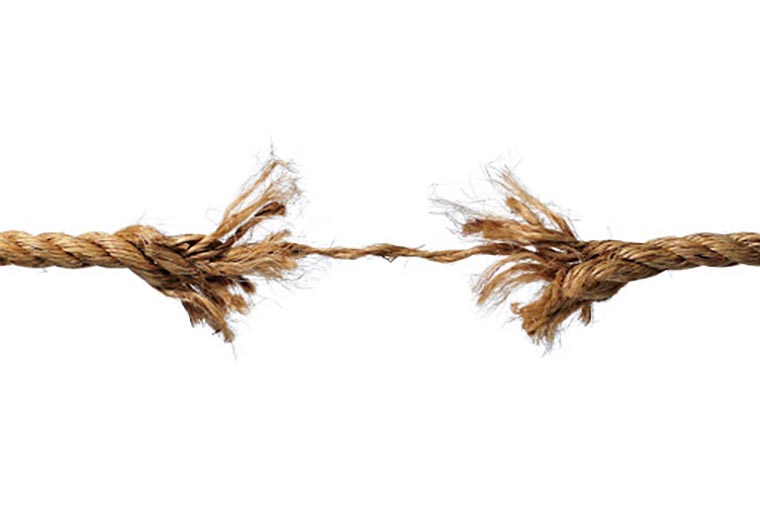
This means that with solution-dyed fabrics you don’t have to worry about colors bleeding when washed, and it also adds resistance to UV-driven color change. So not only is your solution dye tent less resource intensive to produce, it will also hold up better over time.
What are the Limitations?
There are two main drawbacks to solution dye, but they’re issues that affect manufacturers, rather than the end user.
The first is cost. For reasons that have to do with the intricacies of purchasing fabrics on an industrial scale, solution-dyed fabrics cost more than traditionally-dyed fabrics. That means that manufacturers need to get creative to avoid passing on higher costs to the consumer. You’ll be happy to know that every tent in the Big Agnes solution-dyed series is the same price as its traditionally produced predecessor, meaning you get all of the benefits without paying extra.
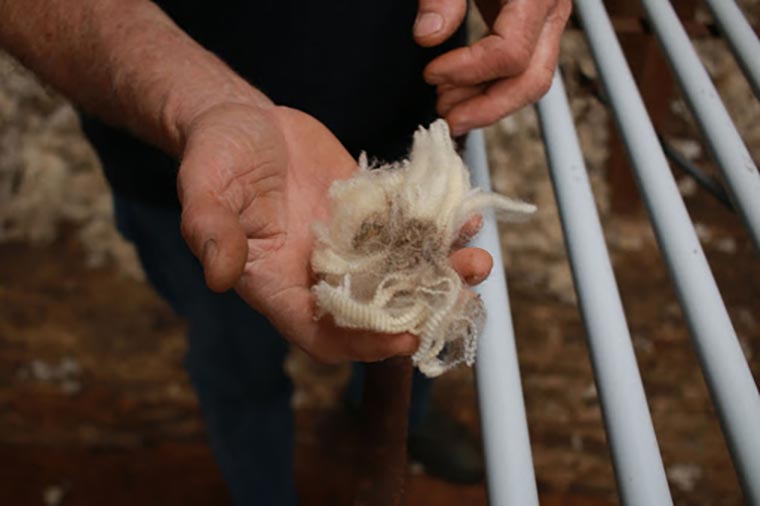
The second potential drawback is that there are limitations on what materials can be solution-dyed. Currently, this process can only be applied to synthetic fibers, which means it’s not an option for items made out of wool or cotton. Ultimately, that’s a minor issue. Just don’t expect to see solution-dyed merino wool baselayers any time soon.
Conclusion
At its core, solution-dye technology is about saving resources, so if minimizing one’s ecological footprint is a priority, we’d encourage you NOT to replace your existing tent with a solution-dyed alternative, at least as long as it’s in good condition. After all, there’s no extra ecological cost associated with using a product that’s already been produced.
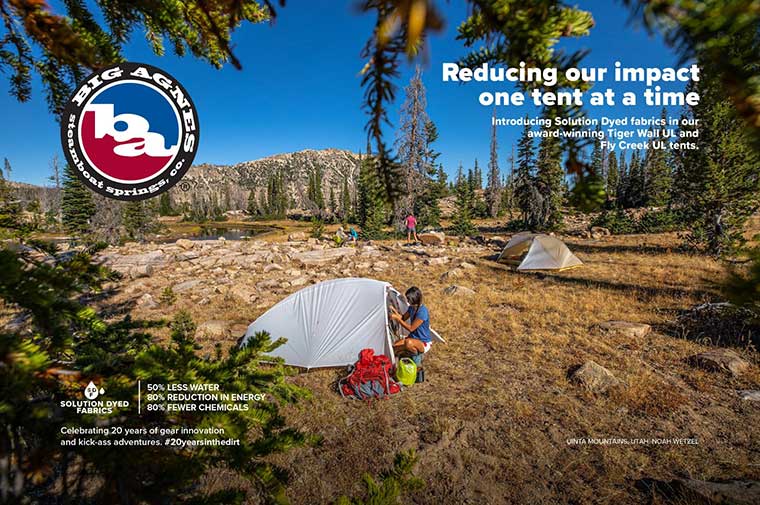
But if you need a new camping or backpacking tent, consider one from the Big Agnes Solution Dye collection, knowing that it required less water and chemicals to produce, and gives you superior colorfastness as an added bonus.
About Campman
Campman is an outdoor retail store located in Salt Lake City, Utah, that specializes in gear and equipment for camping, skiing, backpacking, climbing, and everything in between. We understand that the difference between a bad memory and the adventure of a lifetime can come down to the gear you take with you when you head outdoors, and we want our customers to have the best experiences possible. When it comes to getting outside, we get it, and we’ll get you the gear you need to get there.
Questions? Feel free to contact us by phone at (801) 999-8117 or by email at sales@campman.com.
Share on:

